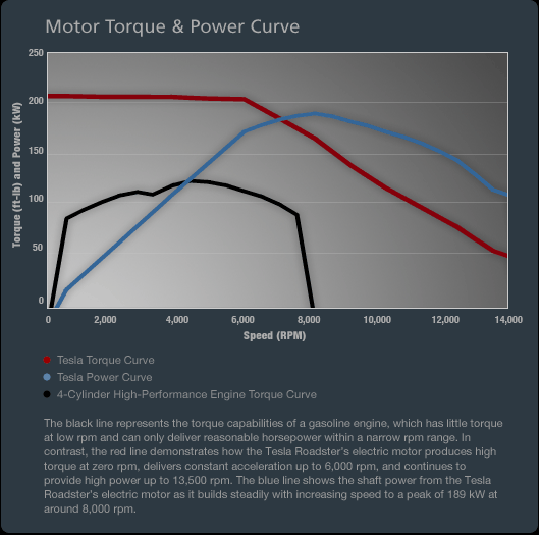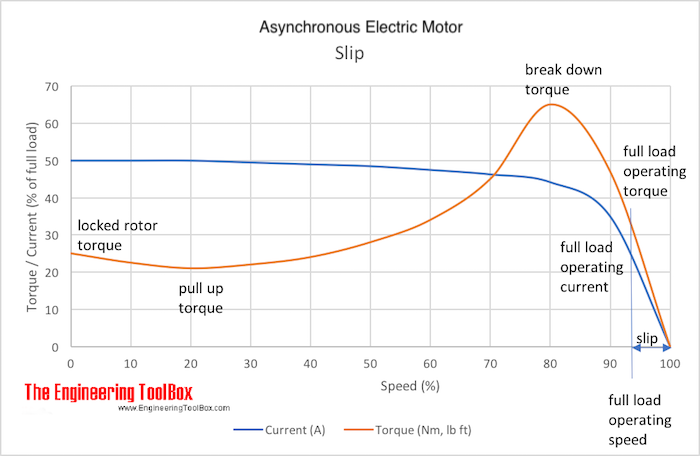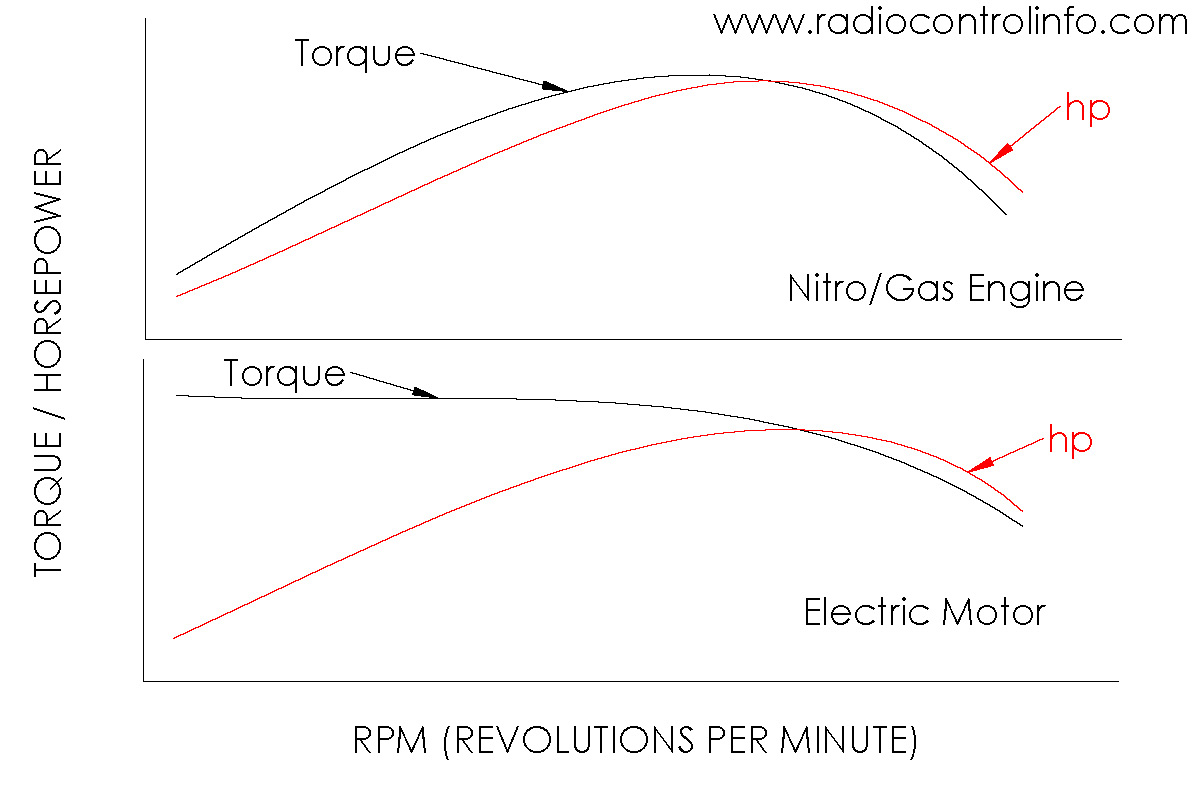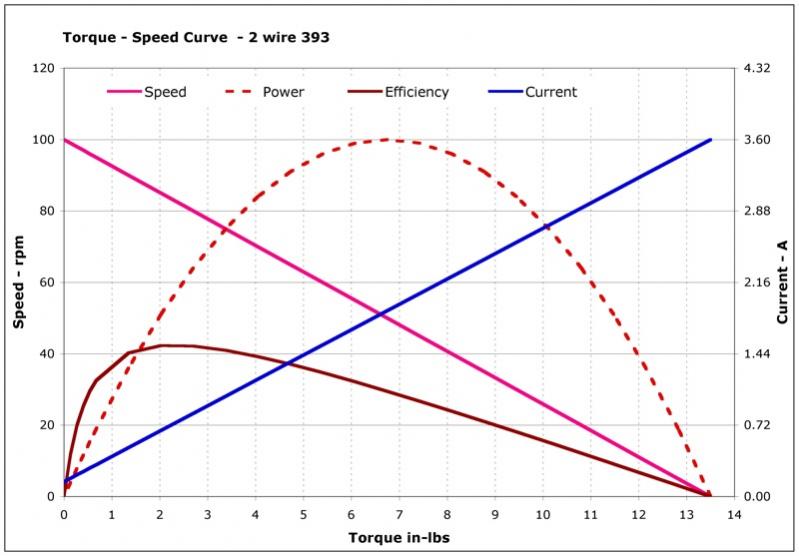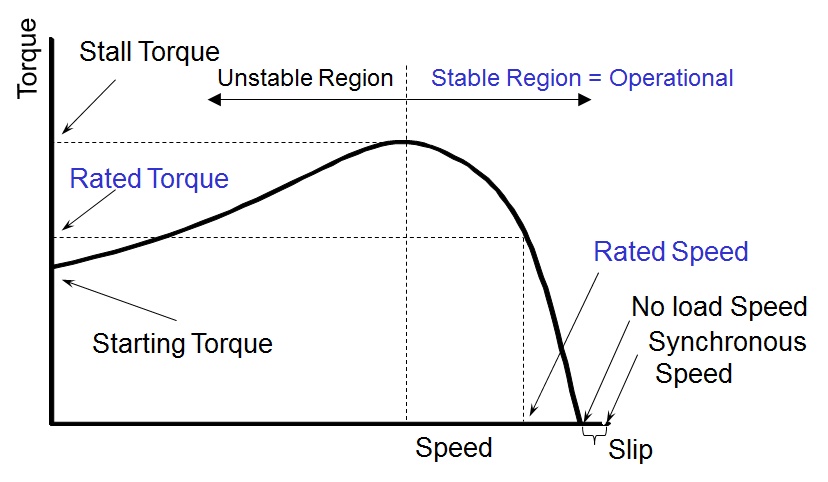The power band of an internal combustion engine or electric motor is the range of operating speeds under which the engine or motor is able to operate most efficiently.
Electric motor torque graph.
Torque in imperial units can be calculated as.
Horsepower to torque converter is an online tool used in electrical engineering to calculate how much torque will be generated according to the input power value either in horsepower or watts.
Weight lbs linear velocity ft min speed of driving motor rpm change in speed rpm and time to accelerate total system sec in addition to the torque required to drive the load at a steady speed torque is required to accelerate the load.
At full load torque the speed of the electric motor is slightly less than the synchronous speed as shown in the curve above.
Note that torque is inversely proportioal to the speed of the output shaft.
While engines and motors have a large range of operating speeds the power band is usually a much smaller range of engine speed only half or less of the total engine speed range electric motors are an exception see the.
Electrical motor power velocity and torque equations.
In other words there is a tradeoff between how much torque a motor delivers and how fast the output shaft spins.
1 ft lb f 1 356 nm.
At 60 hertz base motor speed both hp and torque are at 100 percent.
Full load torque flt the torque required to produce rated power at full load speed.
T inlb torque in lb f.
T ftlb p hp 5252 n 1b.
The graph above shows a torque speed curve of a typical d c.
Figure 1 provides a graphical illustration of these changes.
T inlb p hp 63025 n 1.
P hp horsepower delivered by the electric motor hp.
T ftlb torque lb f ft.
The y axis is the percent of hp and torque.
This explains why the torque curve begins to diminish on an ev dyno graph as the car s electric motors are pushed into the upper ranges of their performance limits.
When the speed of an ac motor is controlled by a vfd hp or torque will change depending on the change in frequency.
The x axis is motor speed from 0 to 120 hertz.
Motor characteristics are frequently given as two points on this graph.
